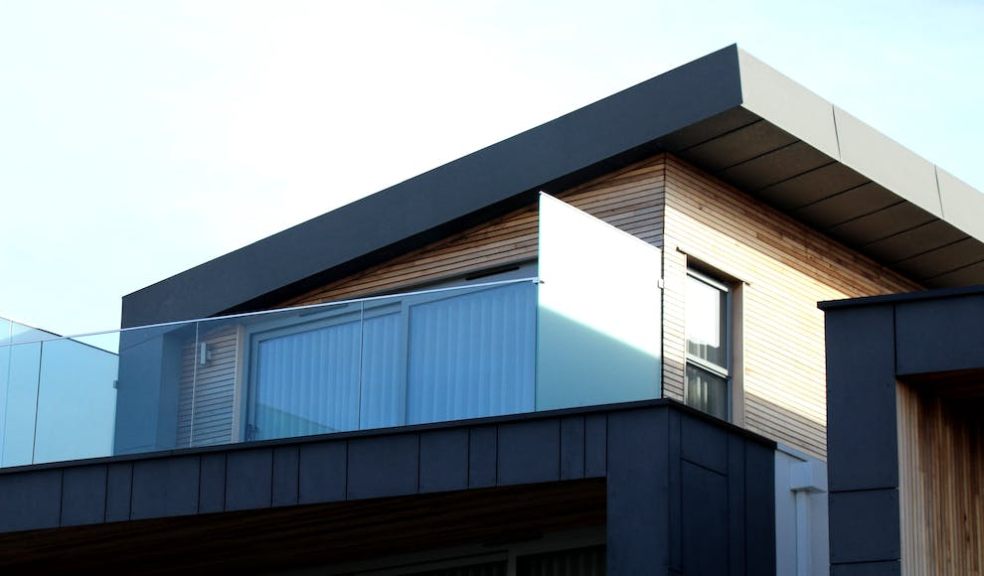
Why Architects Prefer the Inclusion of Flat Roofs in Building Designs
Flat roofs have become a prominent feature in modern architecture, chosen by architects for various reasons that extend beyond aesthetics. The incorporation of flat roofs in building designs is a strategic choice that brings both practical and design advantages. Let's delve into why architects prefer the inclusion of flat roofs in contemporary building designs in the UK.
1. Contemporary Aesthetics:
Flat roofs contribute to a sleek and contemporary aesthetic, offering a minimalist and modern look. This design choice aligns with the clean lines and geometric shapes often favoured in contemporary architecture.
2. Space Utilization:
Such roofs provide additional usable space, turning the roof into a functional area. Architects may incorporate rooftop gardens, recreational spaces, or even solar panels without altering the overall silhouette of the building.
3. Cost-Effectiveness:
Flat roofs are generally more cost-effective to construct compared to pitched roofs. The simplicity of their design and the reduced amount of materials required contribute to cost savings in both construction and maintenance.
4. Energy Efficiency:
Flat roofs offer an ideal platform for the installation of solar panels. Architects can strategically design the roof to accommodate solar panels, harnessing renewable energy and contributing to the overall energy efficiency of the building.
5. Flexibility in Design:
The flat surface of the roof allows for greater flexibility in architectural design. Architects can experiment with various elements such as skylights, roof terraces, or even incorporate green roofing systems, enhancing the overall design versatility.
6. Adaptability to Urban Spaces:
In urban environments where space is limited, such roofs are particularly advantageous. Architects can design buildings with roofs that seamlessly integrate into the surrounding cityscape, maximizing available space and maintaining a contemporary urban aesthetic.
7. Ease of Maintenance:
They are generally easier to maintain compared to pitched roofs. Accessibility for inspections and repairs is simpler, reducing maintenance costs over the lifespan of the building.
8. Climate Considerations:
In regions with mild climates, flat roofs are an effective design choice. They allow for the installation of efficient heating, ventilationnand air conditioning (HVAC) systems while providing a suitable platform for solar water heaters.
9. Rainwater Harvesting:
These types of roofs are well-suited for rainwater harvesting systems. Architects can incorporate drainage systems that collect rainwater for reuse, contributing to sustainable building practices and water conservation.
10. Modern Architectural Trends:
They align with current architectural trends that favour open, uncluttered spaces. They complement the desire for expansive windows, open floor plans, and a connection between indoor and outdoor living.
In conclusion, the preference for flat roofs in building designs by architects in the UK goes beyond mere style; it encompasses practical considerations, sustainability, and adaptability to contemporary living. As architectural trends continue to evolve, they remain a compelling choice for those seeking a harmonious blend of form and function in their structures.













